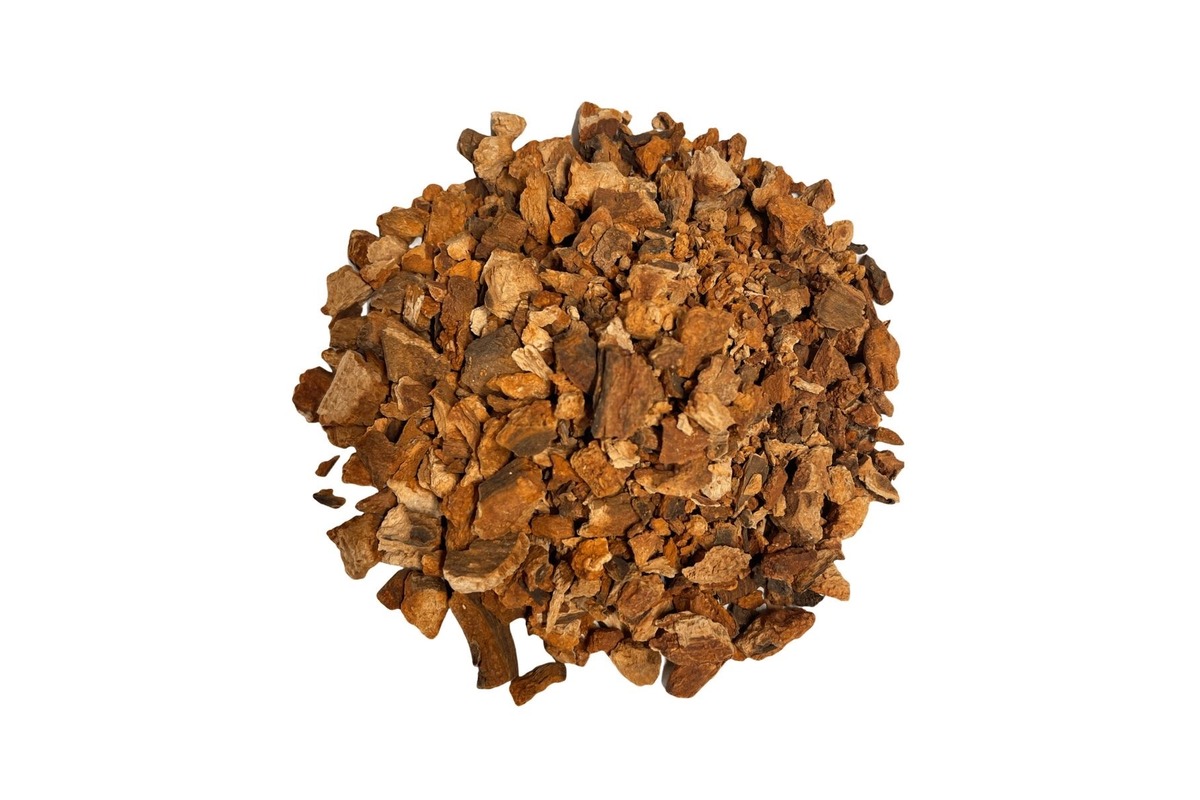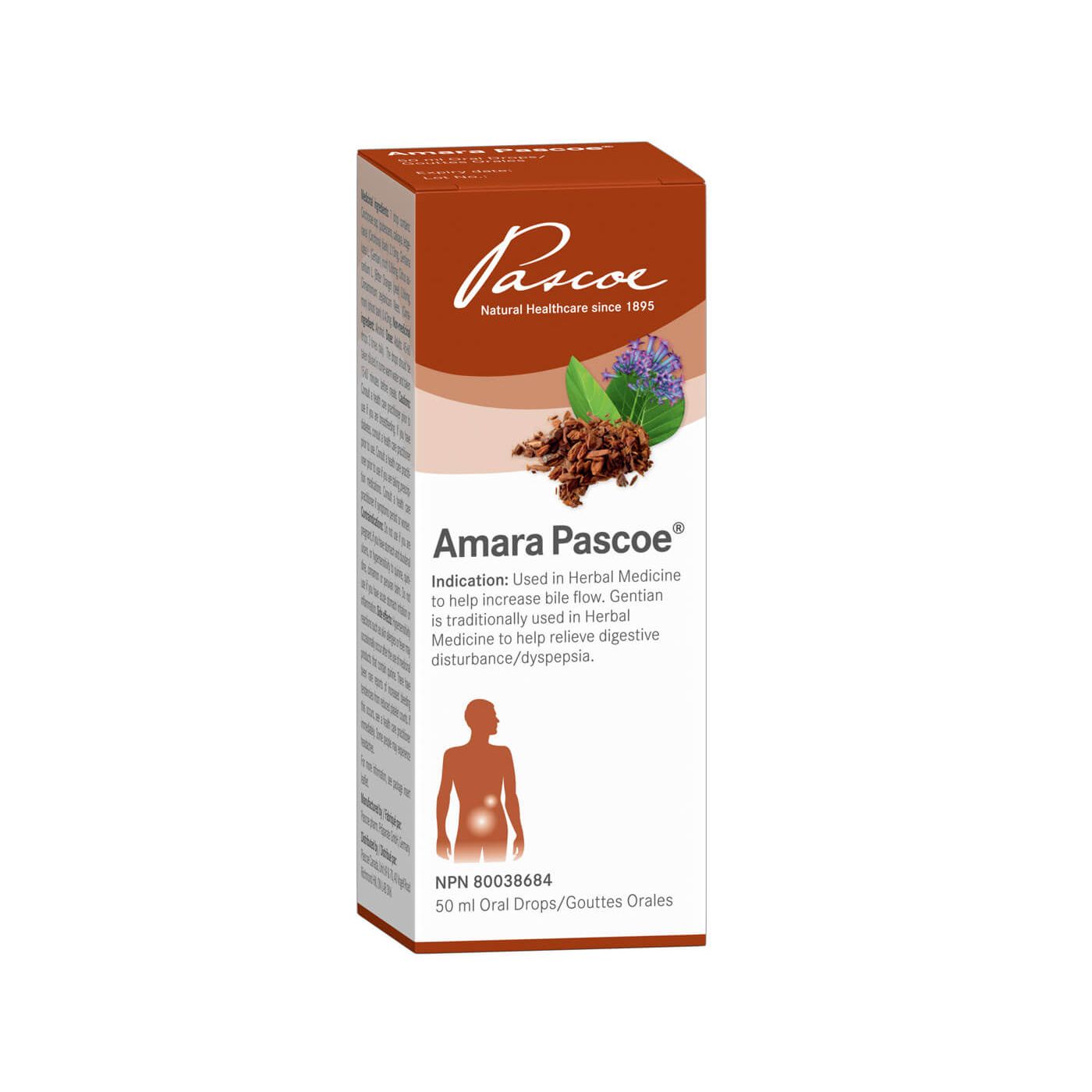The Digestive Delight: Cinchona Benefits and Its Role in Digestion
When it comes to maintaining good health, a healthy digestive system plays a pivotal role. A well-functioning digestive system ensures that our bodies receive the essential nutrients needed for energy and overall well-being. One of the natural wonders that has been used for centuries to support digestion and reduce digestive problems is cinchona.
Understanding Cinchona
Cinchona, scientifically known as Cinchona pubescens, is a tree native to the Andes region of South America. This evergreen tree is renowned for its bark, which has been used for centuries for its medicinal properties. The bark of cinchona contains a group of compounds known as alkaloids, with quinine being the most famous of them all. Quinine has historically been used to support immune function and treat malaria, but the benefits of cinchona extend beyond that.


Historical Significance
The history of cinchona dates back to the indigenous people of South America, who were the first to recognize its medicinal properties. They used cinchona bark as an immune system and digestion support for various ailments, including fevers and as digestive bitters to treat digestive issues. It wasn't until the 17th century that cinchona bark was introduced to Europe, where it gained widespread recognition for its medicinal benefits.
Other digestive bitters, like bitter orange or gentian, benefit the digestive process also, by supporting the production of hydrochloric acid (stomach acid), pancreatic enzymes, and by increasing bile flow. Their bitter taste is what triggers the digestive process starting with our salivary glands, as well as kicks our immune cells into gear to provide a stronger defense against illness.
Cinchona's fame reached its zenith when it became an essential treatment for malaria. The British colonialists, who often suffered from malaria in tropical colonies, began using cinchona bark to combat the disease. This discovery revolutionized medicine and contributed significantly to the expansion of European empires.
Cinchona and Digestion
While cinchona's history is firmly rooted in malaria treatment, its positive effects on digestion should not be overlooked. Here's how cinchona can help with digestive issues:
Anti-inflammatory Properties: Cinchona bark contains natural anti-inflammatory compounds. Inflammation in the digestive tract can lead to discomfort and digestive disorders such as irritable bowel syndrome (IBS). The anti-inflammatory properties of cinchona can help alleviate these symptoms.
Stomach Soothing: Cinchona has been traditionally used to relieve stomach discomfort, including indigestion and gas. It can help calm an upset stomach and reduce the sensation of bloating.
Appetite Stimulant and Suppressant: In cases of poor appetite, cinchona can act as an appetite stimulant. It can help kickstart the digestive process by encouraging the production of digestive enzymes, making it easier for the body to break down food. Bitters like gentiana lutea and citrus fruit peel, like from sour orange, can, in the inverse, help us to suppress our appetite by encouraging feelings of satisfaction and fullness.
Gastrointestinal Spasm Relief: Muscle spasms in the gastrointestinal tract can lead to pain and discomfort. Cinchona's natural compounds can help relax these muscles, reducing spasms and improving digestion.
Microbial Balance: The alkaloids in cinchona may have antimicrobial properties that can help maintain a healthy balance of good bacteria. A balanced gut microbiome is crucial for efficient digestion. You can also support a healthy gut microbiome by consuming plenty of prebiotic, fibre-rich fruits and vegetables.
How to Use Cinchona for Digestion
Now that we understand the potential benefits of cinchona for digestion, let's explore how to incorporate it into your wellness routine:
Cinchona Tea: One of the simplest ways to enjoy cinchona's digestive benefits is by brewing cinchona tea. To make this tea, steep a small piece of cinchona bark in hot water for 10-15 minutes. You can sweeten it with honey or add a slice of lemon for flavor.
Tinctures and Supplements: Cinchona supplements and tinctures are available in health food stores. Follow the recommended dosage on the product label or consult a healthcare professional for guidance.
Traditional Remedies: In some cultures, traditional remedies using cinchona bark are still practiced. These remedies may include chewing small pieces of the bark or using it as a spice in cooking.
Consult a Professional: If you have chronic digestive issues or are considering using cinchona for medicinal purposes, it's essential to consult a healthcare professional or herbalist. They can provide personalized guidance and ensure that cinchona is safe and appropriate for your specific situation and you don’t experience any adverse effects.
Potential Side Effects and Precautions
While cinchona can offer digestive benefits, it's crucial to be aware of potential side effects and take precautions:
Allergic Reactions: Some individuals may be allergic to cinchona or its compounds, so it's essential to start with a small dose and monitor for any adverse reactions.
Quinine Content: Cinchona bark contains quinine, which can be harmful in excessive amounts. Avoid consuming large quantities of cinchona bark or products containing high levels of quinine.
Drug Interactions: Cinchona may interact with certain medications. If you are taking any prescription drugs, consult your healthcare provider before using cinchona.
Pregnancy and Nursing: Pregnant and nursing women should exercise caution when using cinchona, as its safety in these situations has not been extensively studied.
Cinchona, with its rich history and medicinal properties, has been a source of relief for various ailments, including digestive issues. Its anti-inflammatory, stomach-soothing, and appetite-supportive properties make it a valuable natural remedy for those seeking digestive wellness.
As with any natural remedy, it's important to approach cinchona with caution and, when in doubt, seek guidance from a healthcare professional. When used appropriately, cinchona can be a valuable addition to your digestive health toolkit, helping you maintain a healthy and balanced digestive system for years to come.
References:
Achan, Jane, et al. “Quinine, an Old Anti-Malarial Drug in a Modern World: Role in the Treatment of Malaria.” Malaria Journal, vol. 10, no. 1, 24 May 2011, www.ncbi.nlm.nih.gov/pmc/articles/PMC3121651/, https://doi.org/10.1186/1475-2875-10-144.
The Editors of Encyclopedia Britannica. “Cinchona | Description, History, & Facts.” Encyclopædia Britannica, 9 Nov. 2018, www.britannica.com/plant/Cinchona.
“Quinine | Uses, Actions, & Side Effects.” Encyclopedia Britannica, www.britannica.com/science/quinine.
Traverso, Vittoria. “The Tree That Changed the World Map.” Www.bbc.com, 28 May 2020, www.bbc.com/travel/article/20200527-the-tree-that-changed-the-world-map.
“Your Guide to Digestive Bitters.” Pascoe.ca, pascoe.ca/herbal-healthcare/blog/digestive-bitters. Accessed 15 Sept. 2023.


